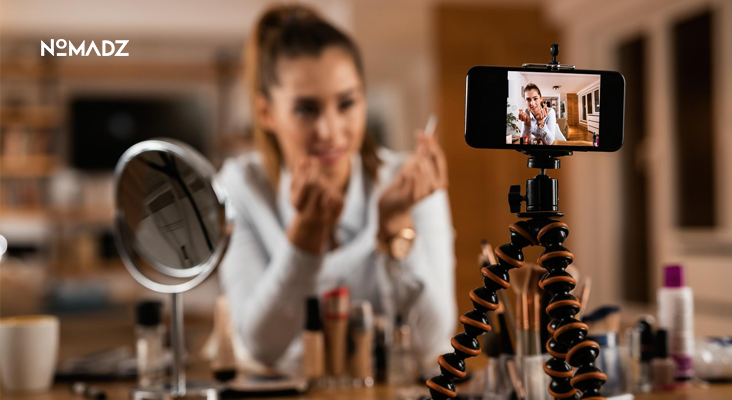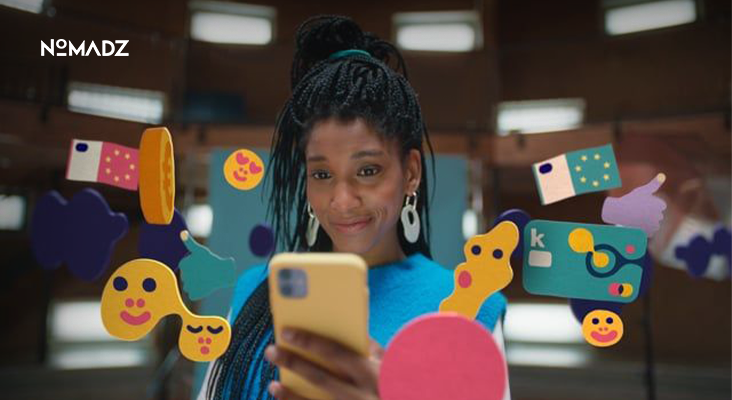Social Media Creators Overtake Traditional Media in Ad Revenue
A significant transformation is occurring in the world of digital advertising that is ever-changing. The makers of social media are now making more money than conventional media sites. There is also a shift in the lifeline between the traditional methods of accessing and connecting with the audience is happening. It is not merely a trend but a paradigm shift in the way of advertising the world. Keep reading to know more about the Social media creators ad revenue.
The Rise of Social Media Creators
In the last ten years, social media has evolved into a robust marketing ecosystem since it was used as a communication tool. Instagram, TikTok, YouTube, and Twitch have enabled creators to develop a lot of loyal viewers and monetise their work in a way that traditional media could not. In most markets, the social media producers have generated higher revenues than newspapers, magazines, and even TV channels.
This expansion may be explained by a number of reasons. To begin with, creators have a strong attachment to the people who follow them and provide authenticity and trust that is absent in traditional advertisements. Second, the variety of content formats, including short videos and live streams, and more extensive tutorials, enables brands to have more interactive and immersive interactions with audiences.
Influencer Marketing Trends Fueling the Shift
The rapid growth in the number of social media creators ad revenue is directly connected with the change of influencer marketing trends. Companies are finding it more lucrative to collaborate with creators who have niche groups, instead of spending money on mass media advertisement campaigns. It is the micro-influencers and nano-influencers, specifically, that are demonstrating that small, high-engagement groups can outperform conventional advertisements.
Influencer marketing has now also grown beyond mere product placements into long-term partnerships, co-branded content, and storytelling campaigns that appear natural to the audience. Consequently, this is contributing to the revenue gap as the advertisers would rather spend more on social media makers than on traditional media.
Also Read: Tips to Choose Right Influencer Marketing Platform
User-Generated Content and Authentic Engagement
The increased significance of user-generated content is another cause that has led to the increase in social media creators ad revenue. Today, viewers are becoming attracted to those works that seem authentic and familiar. The creators of social media are excellent at producing original content that would attract the followers who would then like, comment, and share.
This engagement is used by brands that include creator content in their campaigns and thus turn their followers into brand advocates. The traditional media, whose model of communication is unidirectional, fails to re-enact this type of interaction and trust.
Digital Advertising Evolution
The transition of traditional media toward social media creators indicates the wider transformation of digital advertising. New tools of targeting, analytics, and performance metrics have become accessible to advertisers, enabling them to monitor ROI with greater precision. With social media, one can easily optimize the campaigns by having real-time insights on how the audience is behaving, engaging, and the conversion rate.
In contrast to the world of traditional media, where the amount spent on ads is mostly determined and the results are unpredictable, investing in creators can give the brands the desired results. This accuracy and customization make the creator partnerships in social media more and more appealing, and this is one of the reasons why its ad revenue is growing out of control.
Benefits for Brands and Creators
The increase in the number of social media creators ad revenue is beneficial to both the creators and the brands. To brands, collaboration with creators enables very specific campaigns that can target a specific demographic and interest group. The innovative partnerships will lead to catchy campaigns that will be more relatable to the audience than banner advertisements or television placements.
Monetization has never been as good as it is for creators. Brand partnerships, sponsored posts, and even affiliate marketing provide several sources of revenue and subscriptions. The larger the audience and the influence the creators possess, the more profitable such opportunities are.
Challenges and Considerations
Though the transition can be considered substantial, it is not without difficulties. Some of the challenges that the creators and brands encounter are oversaturation, issues of authenticity, and regulatory scrutiny. Transparency in sponsored work, audience trust, and keeping up with dynamically changing algorithms are the keys to further increasing the social media creators ad revenue on a long-term level.
Also, creators should make sure to diversify their sources of income and not to use only one platform as a risk mitigation measure. Meanwhile, brands must synchronize influencer campaigns with other marketing platforms with the aim of designing integrated and coherent campaigns.
The Road Ahead
The social media creators dominance is probably not going to decrease soon. Creators will keep being the leaders of digital advertising as platforms keep innovating and audiences dedicate more time to online platforms. The secret behind brands is to adopt these changes, invest in genuine partnerships, and keep pace with the influencer marketing trends. It will result in increasing ROI.
The traditional media will persist, but the role it plays in the advertisement will be more complementary rather than dominant. The future is digital, participatory, and creator-based. To business people and marketers, it is important to comprehend this paradigm shift in order to remain competitive.
Also Read: Fake Followers vs. Real Impact: The Future of Influencer Marketing
Conclusion
The emergence of the authors of social media will be a radical shift in the advertising system. As the ad revenue of social media is outpacing traditional media, the brands have more interactive, quantifiable, and interesting methods of reaching the audience. The adoption of creator relationships, the use of user-generated content, and the need to stay abreast of the digital marketing revolution will enable businesses to be set to succeed over the long term in the ever-changing landscape of marketing.
The days of one-way advertising are being replaced by real, interactive, and creator-driven campaigns. Adaptors will not only manage to stay alive but also flourish in this new environment.









Leave feedback about this